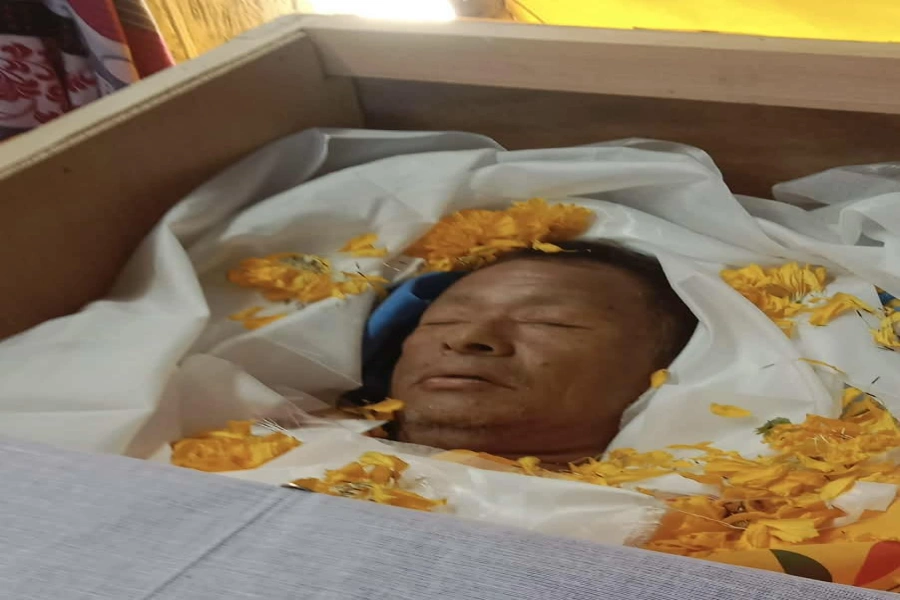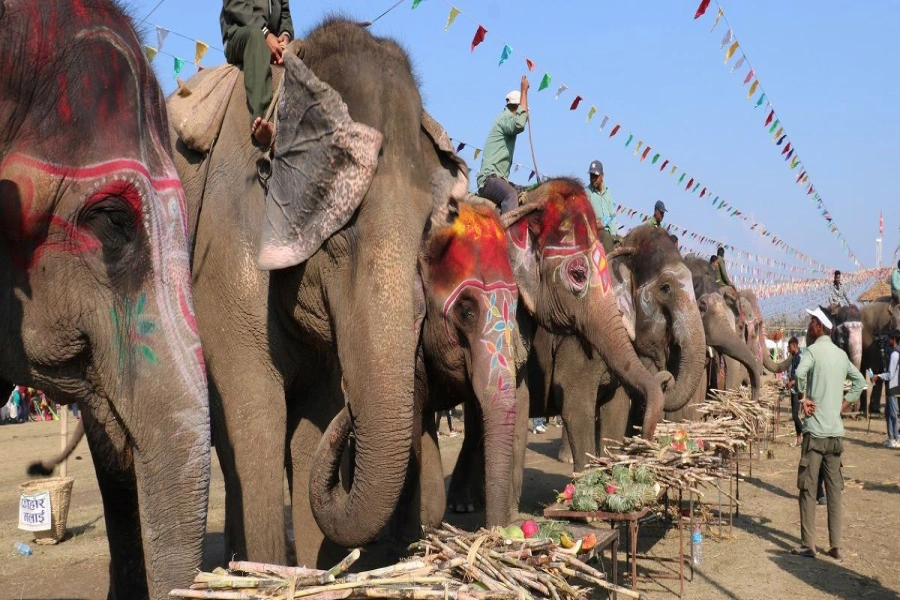The issues that plagued pre-war Nepal still find resonance in contemporary times. It is important to work with civil society and victims to exert pressure on political elites to ensure full implementation of CPA.
November 14 marked 14th anniversary of the signing of the Comprehensive Peace Accord (CPA). The CPA ended the decade-long conflict between the Maoists and the Government of Nepal and also terminated the 240-year long monarchy. A third of all peace agreements break down within the first five years and could lead to the renewal of violence as exemplified with the Arusha Accords in Rwanda. Peace Accords are also notorious for taking substantial time to implement as with the Dayton Agreement in relations to the Balkan conflict. While Nepal has not seen a renewal of civil conflict, the implementation stage of the CPA has been extremely lengthy. Progress to execute the provisions has stagnated in recent years and the Covid-19 pandemic presents itself as yet another diversion for the government to escape accountability.
The CPA created provisions to address issues that can be split into two categories: the by-products of the conflict and the root causes of the conflict. The by-products of the war include reparations, truth and reconciliation, disarmament, and demobilisation of soldiers and more. The root causes of conflict included poverty, inequality, discrimination, governance failure, and others. In the case of Nepal, there has been a lack of advancement in either of these categories which can have detrimental long-term consequences.
FWEAN celebrates anniversary on completing fourteen years (Phot...

Issues regarding reparations as well as truth and reconciliation were both by-products of the civil war. The government created institutions such as the Truth and Reconciliation Commission (TRC), Commission on the Investigation of Enforced Disappearance Persons (CIDEP), and the Interim Relief Programme (IRP). However, very little headway has been made by these institutions. The issue of truth and reconciliation has been highly contentious owing to the fact that many leaders as well as the rank and file of the government parties had some involvement in the civil war. TRC may uncover information about war atrocities committed by those in government or their patrons. Any mechanisms introduced to address this controversial issue has been politicised as opposition parties often point out atrocities committed by their rivals while omitting their own. To avoid accountability for wartime atrocities, it seems, the government and opposition parties have not prioritised TRC and purposely linger the process till it works in their favour.
The IRP came into effect just two years after the end of the armed conflict and provided financial compensation to those affected by the war. While this was a positive step forward, many have criticised the project for not providing extensive support. The IRP was slated for having a limited definition of “conflict victim”. Only those who were killed or injured as a result of legitimate force were deemed as such. This means that those who faced sexual violence, torture and other human rights violations were not eligible for the IRP and therefore were not provided any monetary support. Reparations are not just financial relief, but also a mechanism for justice. Failure to include non-combatant victims is another way that the perpetrators of wartime atrocities have been protected. Advocacy groups have stated that there is a clear lack of political will on behalf of the government to cater for the victims of war. Collectively, reparations along with truth and reconciliation would provide financial support, justice and provide closure, as victims and their relatives are in a state of psychological purgatory.
Furthermore, the government has also failed to address the root causes of conflict as provisioned in the CPA. The Maoists were able to mobilize cadres against the state due to their exploitation of existing caste, ethnic, gender and class grievances. Members of marginalised groups believed that their own struggles resonated with the Maoists and involvement in a protracted conflict would be a stepping stone towards an alleviation of their condition. However, there is a general consensus that the disparities that these groups faced prior to the civil war still persist. The CPA promised to carry out the restructuring of the state to accommodate the problems related to marginalised groups such as women, Dalits, Tharus, Madhesis, Janajatis and others who are often discriminated on the grounds of class, caste, language, gender and region.
The 2015 constitution has deemed discrimination based on these identifiers as unconstitutional but the material reality on the ground is that there has been little de-facto change. There has been improvement in political representation for these groups. Madhesi groups in particular have witnessed more political representation and introduction of gender quotas has meant that there is a decrease in gender disparity. While there has been progress, the fact remains that the executive power is concentrated amongst the same elites as prior to the war. The supposed restructuring of the state has yet to come into fruition. Additionally, caste-based violence has endured in Nepal as those belonging to marginalised groups continue to be harassed despite the assurances made in the constitution. In 2018, the Informal Sector Service Centre (INSEC) recorded 1,377 cases of human rights violations faced by Janatati groups while Dalits faced 1,103 cases. Women make up majority of these cases. Lack of attention to marginalised groups will result in growing resentment towards the government and another possible movement might take advantage of this dissatisfaction.
The Disarmament, Demobilisation and Reintegration (DDR) of Maoist troops concluding the civil war provides an excellent example of why accountability mechanisms are of paramount importance. DDR, as envisioned by the CPA, was carried out by the signatories of the CPA, Nepal Army and United Nations Mission in Nepal (UNMIN) as veto players. The role of UNMIN was limited to monitoring which ensured a degree of accountability. Nepal Army, who often are engaged in UN Peace-building Missions abroad, were already familiar with the DDR process and the failure to carry it out in their own country would have been humiliating. UNMIN’s monitoring role also meant that the government was under the watchful eyes of the international community and therefore would have to carry out the process without faults. The limited role of UNMIN also meant that the government would have a much larger share of the blame in the event of an unsuccessful process. The government carried out the process with the knowledge that civil society would react accordingly to the result of DDR implementation. As a result of these accountability measures, scholars and practitioners alike have hailed the DDR process in Nepal as a success.
Fourteenth year of CPA marks the end of hostilities in which thousands of Nepalis sacrificed their lives in the hope of creating a better nation for themselves and future generations. Through the CPA, the political elite of Nepal accepted their role in bettering the country. However, the effort has not been satisfactory. In the minds of many, the CPA is already a distant memory and the one they believe does not hold much relevance today. However, the issues that plagued pre-war Nepal still find resonance in contemporary times. As proactive democratic citizens, it is important to work with civil society and victims to exert pressure on those political elites to ensure the full implementation of the CPA.






































